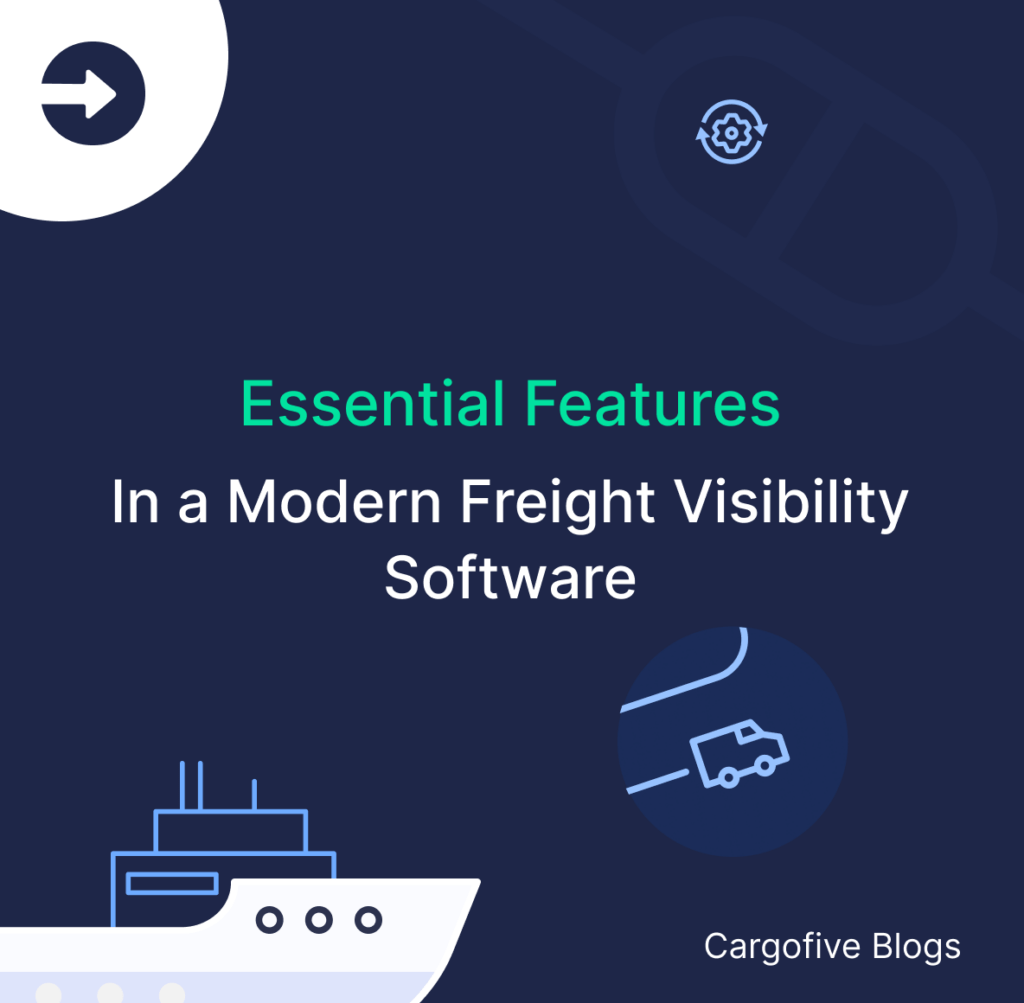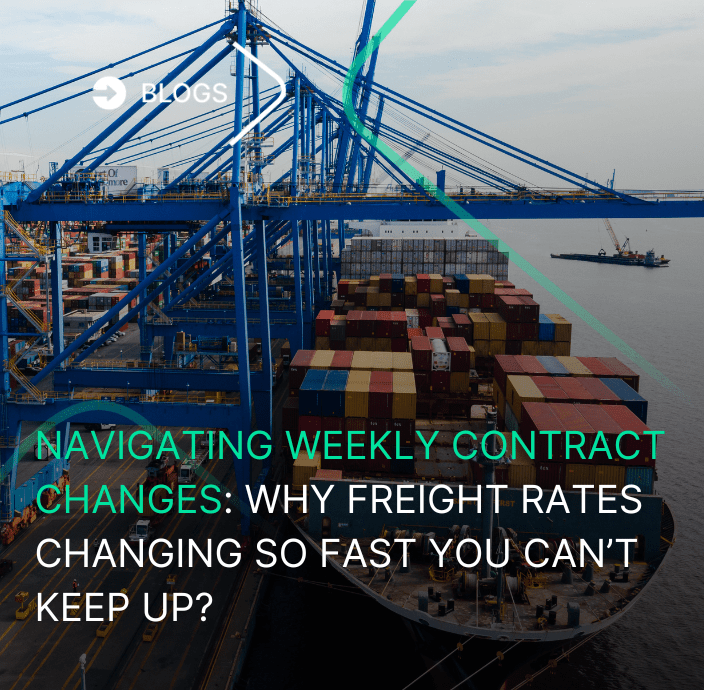How does a risk presents to a freight forwarder?
International shipments carry risks, and many of them are very high for those who are part of the supply chain. Freight forwarders, being a crucial part of it, must face risks – often unexpected – in order to move cargo safely and quickly.
For this reason, we consider it important that they are aware of these risks so that they are able to formulate possible solutions and reduce their effects.
The risks that freight forwarders face are often related to the simple fact that these agents are in the middle of the entire operation that goes into an international shipment. They are the bridge between shippers as well as carriers and regulatory bodies, with all the responsibility that this means.
Actual panorama in the industry
Today, they face natural catastrophes, stranded ships like the Ever Given, congested ports, and even minimal errors in document formulation that delay and affect shipments. Because of this, there are currently different options that support these cases and provide some security to freight forwarders operations. But, anyway, there are still risks being a traditional freight forwarder.
3 risks traditional freight forwarders face
- Loss or damage of cargo
Although there’s no exact number of how many containers are lost at sea, the shipping company Maersk estimates that it loses 59 containers a year. Added to this, the cargo is also exposed to mishaps with the container ships, as is the recent case of the container ship of the ZIM shipping company that due to a fire lost its cargo off the coast of Canada.
In addition, it may happen that the cargo suffers physical damage, due to improper packaging or handling, or theft while it’s under the care of the carrier. For this reason, it’s essential that the actions related to the insurance and support of shipments are carried out thoroughly.
- Change of route
Route changes may occur due to errors in the documentation presented to the carrier, causing it to reach another port or another continent, or cases such as the one that occurred at the beginning of 2021 with the Ever Given container ship stranded in the Suez Canal, which made many ships had to redirect their routes to avoid the agglomeration of the canal.
These changes involve high costs and even more so considering the lack of containers that has caused their prices to skyrocket. Today more than ever, freight forwarders must have tools that allow them to actively monitor the cargo in the face of eventualities like these, to act quickly and also to communicate changes to their customers.
- Problems with the documentation
Unfortunately, mistakes in documentation to be submitted to regulatory bodies continue to be a headache for many freight forwarders. These errors can come from the freight forwarder itself or from the carriers involved, and imply delays in the release of the cargo.
Reasons why this can happen vary from delays in payment to the recipient that generates delays in the exchange of the original Bill of Lading, to the lack of adequate endorsement when it comes to a negotiable invoice.
What can be done
Currently, agents can access different softwares that allow them the proper administration of documents like these, for proper management in front of customs, carriers and even clients themselves.
As we well share through our different posts, digitization can be a good ally when it comes to reducing the risks faced by a freight forwarder. Today, there are many companies that offer support throughout this process, and we’re open to accompany you side by side to improve the performance of your freight forwarder. At Cargofive, our hand is always open to those who are willing to join this digital wave and start enjoying its benefits.
AUTHOR



